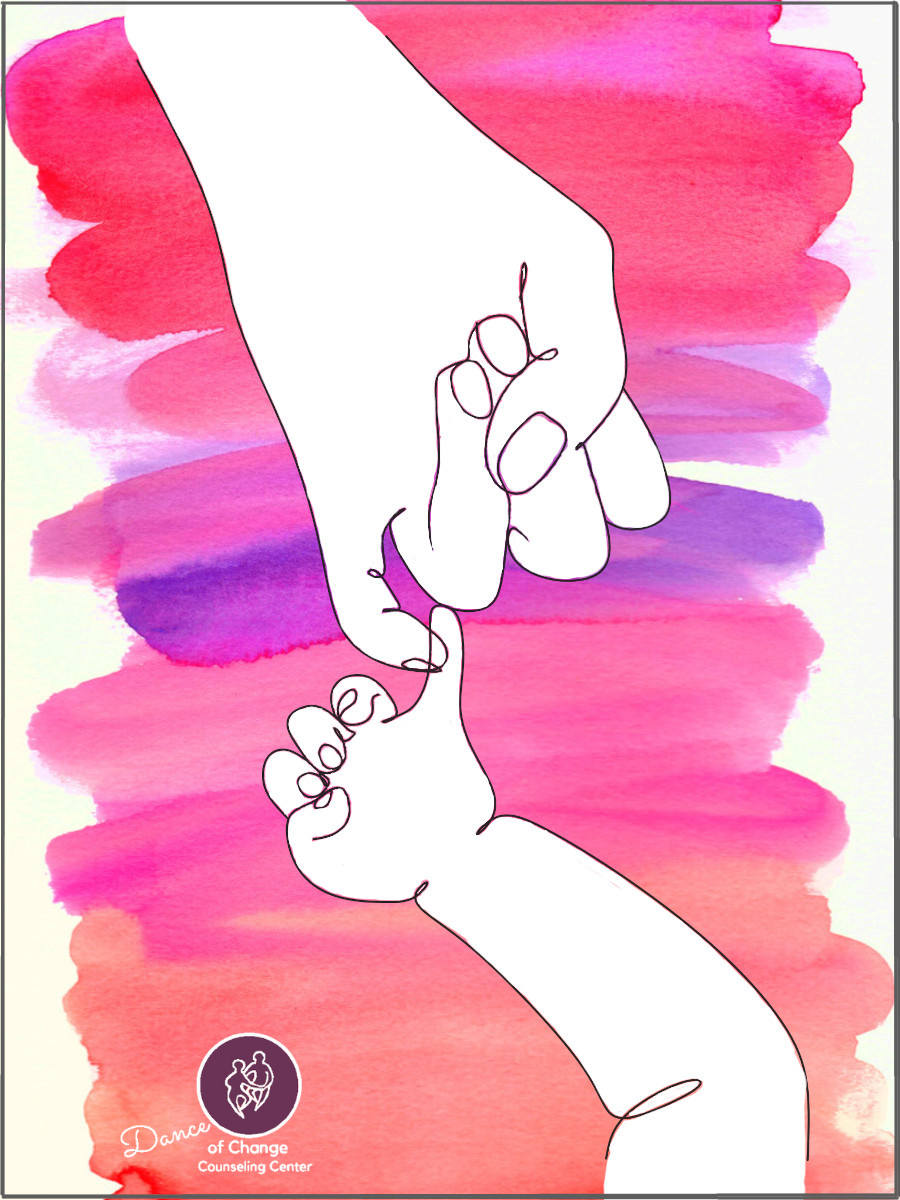 Chronic Pain Relief Guide:
Chronic Pain Relief Guide:
8 Essential Practices you need to live pain-free.
Are you part of the 20% of people living with chronic pain? If so, you are in good company. It’s estimated that more than 1 in 5 Americans suffer from chronic pain. What’s worse many doctors may feel at a loss about how to help pain suffers, other than to prescribe more medication. For some, medication offers some needed temporary relief. For others, the side effects can be just as bad as the pain itself. Its seems that many solutions are often temporary or may not work at all. This can add to the sense of overwhelm, fear and exhaustion that is already part of the pain experience.
Health care: where we are now
Let’s face it, the pandemic hasn’t made things any easier. With long-haul COVID reported in anywhere from 15-50% of cases, it’s likely that many millions of people worldwide will be suffering from chronic pain. And with chronic pain often comes grief, depression, trauma and anxiety. It doesn’t help that our current healthcare system is already stretched to its limits. Many folks can alternate between hopelessness and desperation when it comes to getting help.
This guide was designed to give you a window into another way. Both another way to think about your pain and another way to deal with it. That way involves a body oriented, holistic approach. I know! You likely feel you’ve tried that already. Perhaps you’ve done acupuncture, herbs, over the counter medicines, prescription medicines, maybe you’ve even tried meditation. That’s all good. But let’s explore for minute what might be at the source of the pain for a moment.
The Pain Dance
Peter Levine, founder of Somatic Experiencing and author of Freedom from Chronic Pain, has this to say “Since pain comes from the body, we abandon and leave our bodies behind. In that way we betray our bodies.” But many people also feel betrayed by their bodies and so it’s easy to abandon them in the first place. It can feel like a vicious cycle .
So the purpose of this guide is to help you gradually think about how you can build trust with your body. Once you have even a little bit of trust with your body you start to befriend it. Befriending you body is the essential first step in beginning to free your self from the pain dance. The challenge is to befriend your body even when it feels bad. This is not an easy task. But like learning anything new, befriending your body gets easier over time. It’s like a muscle that gets stronger the more you use it.
1. Befriend Your Body, Shift the Chronic Pain Dance
-
- Identify a pain free or less pain place within your body.
- Pendulate between a place of no pain or less pain ( hold your awareness there for 5-10 seconds). Bring your attention to a moderate pain point – not the most painful spot ( hold your focus there for 5-10). Bring your focus back to the experience of no/less pain ( hold focus for 5-10 seconds). Rest.
Do this during your free time at your own pace.
The more you can identify sensations, the richer your relationship with your body.
Let it go on the exhale
- Bring attention to a pain free part of the body. Sense into it as you breath in. Let it go as you breath out.
- What are you finding now in your body that you didn’t notice? ( no right or wrong answer here). There is only your way. And that way is always changing because you are always changing.
“““
2. Flow of Breath
I often invite people to explore breath flow in their body. Chronic pain suffers are often also shallow breathers. Or you may be more of a breath holder. Either way, both breathing patterns can create a sense of constriction in the body, which can aggravate pain. The following is a mindfulness practice using the breath.
To practice, do this now:
Take some time to sense your breath in your body. You are looking for areas that feel OK, relatively OK, as well as areas of discomfort. In addition to chronic pain, you might also notice parts of you that feel numb or disconnected. Now begin to notice the felt sense of right side of your body. Compare this to your breath. Is there a difference? Often there is. See if you can get clear on that difference. Usually, it’s a difference of quality or texture. Maybe one feels heavy and another light. Perhaps one feels tingly and the other calm. What ever that difference is see if you can hold both in your minds eye for at least 10 seconds. Breathe.
Now let’s do the same on the left side. Is there one side of your body that’s more comfortable than the other? See if you can use the language of sensation ( hot/cold, heavy/light etc) to sense that difference from the inside. Imagine you can breath in through and up the more comfortable side of your body. Starting up through your foot, to the center of your breathing, your belly. Sense your breath crossing up through your body and as you exhale, cross over. Feel your breath moving down and through and out through the other leg, through the center of the breath
Breath + Image
Imagine for a minute that your breath is a magnet that can pick up more comfortable sensations. What sensations would it pick up? Warmth? Coolness? Calm or ease? Pulsation or stillness? Take your time to imagine this now. As you breath in the breath picks up the comfortable sensation. Then, as you exhale visualize bringing those more comfortable experiences into your body. You can either see these sensations move down from the top of your head to the rest of your body. Or you can see them traveling up through your feet to your leg. Pause and see what’s different in your body. No rush here.
When there’s flow in our bodies, we don’t experience the pain as much, and sometimes not at all. Flow is the opposite of the pain state. Where there is a sense of flow there is no pain.
For back discomfort: Imagine, as you inhale, breathing from the base of the pelvis up to the mid line. Imagine coming all the way up to top of head. Feel your spine naturally lengthening. As you exhale, imagine your breath down through your low back and out your mid line. What’s different? What’s the same?
3. From Chronic Pain to Deep Rest
Start at your head or your feet. Take a journey up or down your body and find places of respite or rest from your pain. Pay particular attention to parts of your body you can’t feel. Now go up to your legs and pay attention to areas where you tend to connect and also where you tend to disconnect. Move up or down the body gradually. Take a few moments to use your breath and sense your way into the numb and disconnected places you have found. Breathing in, feel the numb or disconnected parts of your body. And now do the same breathing out.
What’s different? Are there ways you feel more connected? Is your sense of pain different?

4. Touch Ground to Ease Pain
There often exist a connection between trauma and physical pain. If this true for you, than you already know that spending too much time in your body can sometimes feel like too much. This next exercise may be helpful. The goal is to fine safety in your physical environment, but also in a neutral body part, like your feet. If your feet are the primary source of pain for you than choose a different body part such as your hands. Assuming your feet are a neutral place than let’s begin there.
You can do this in a standing, sitting or laying down position, though sitting is better. Notice how each of your feet contact the ground. Allow your feet to become wider as you breath. Notice the ground support you from the bottom up.
Gently shift your weight more onto your left foot. Shift your weight ever so slightly so there’s a little more weight on your right foot, subtly shift back and forth. As you do this a few times you’ll probably notice a rhythm emerge. Allow your body wants to continue to go from one side to another. Remember to stop and rest if your get tired or dizzy. Enjoy this sense of rhythm and flow.
5. Simple Breath
Follow the flow of breath as it moves and it moves out again. Notice what changes in your body with that one simple cycle. What a changes in your pain? Try another breath, like waves on the beach. What changes next time?
Explore Sound:
Sound can open and create vibrations in the organs and in the belly. Expression through sound can also send new signals to the body and brain that may have been shut down due to stress. When you make a sound you stimulate the vagus nerve which helps signal relaxation and also social engagement. You also open up the chest, throat, and lungs. It’s also a great way to help to self regulate.
Voo Sound. This is both a sound exercise, as well as a breathing breathing practice. To get a sense of how this works you might first watch this video. Feel the vibrations that are created in your belly. Imagine a fog horn. Enlivens our viscera while creating an optimum balance of carbon dioxide in the blood. Getting down deep to the very reptile part of our brain can shift your relationship to the chronic pain dramatically. But it takes some time! Do this as much as you want. At least 3x a day especially when you notice your chronic pain increase or you start to feel stressed.
6. Shift Your Posture=decrease chronic pain
A combination of life habits and trauma can have an impact on your posture. That posture can then reinforce chronic pain patterns. Mane people get stuck either in a bracing pattern or a posture of collapse. The goal here is to shift out of these patterns to a neutral posture. Bracing posture is often characterized by tightness or rigidity through the spine and limbs. When you are in a collapsed posture, your shoulders curl forward and there is weakness in the belly.
Practice:
Feel strength in your legs. Push down into your feet. Notice vertebrae by vertebrae how your spine starts to strengthen and lengthen. Notice how the strength in your legs starts to move up into your spine and how the shoulders begin to rest open into a more even position. Imagine a tiny string attached to the top of your head. And as you feel the string pulling you up to the sky, feel your spine elongating. Feel your head floating and moving toward the sky. Notice what happens to the feelings of helplessness and collapse. As you feel the strength, the feelings of helplessness and collapse disappear. Practice times several times throughout the day. Whenever we feel triggered by feelings of helplessness, notice the collapse in your body and the strength
Move a little bit into the familiar collapse posture, then move out. Notice your spine elongate again. Your breath now has more room to move. Feel the strength in your feet and also the length of the spine. Imagine your head as though it were a balloon. The balloon is light and lifting upwards. yet, your feet still keep you connected to the ground. See if you can sense both. Note what happens to your pain when you create this much space in your torso.
7. Notice Exceptions to Chronic Pain
When your pain is at it’s worse it’s easy to fixate on it. That’s understandable but not helpful. the problem is that your brain can easily get into a habit of fixation. This can actually amplify your experience of the pain and make it feel more chronic. To counteract this, it helps to notice exceptions. For many people this is hard to do! You’re not alone if you struggle with this exercise. The brain’s natural negativity bias is partly to blame. But you can change it!
Practice:
Try answering the following questions:
When in the past days or week have you felt less chronic pain?
When in the past day or week have you felt less anxious?
Are there any times in the past week to two weeks when you felt most like yourself?
Can you feel what happens in your body as you recall this experience? Take your time. This is what the late Dr. Maggie Phillips called the conflict free moment.
8. Explore Your Fight Response
Many of us have an unhealthy relationship with anger. It’s one of the strongest and hardest emotions to navigate. Anger can get triggered for any reason, but it often gets triggered in our most intimate relationships with partners, friends, kids and family. Some people express anger too much, and it can become almost like an addiction. Others do not express it enough. Regardless of where you fall on the anger spectrum, anger, like any emotions can get stuck. Especially, for chronic pain suffers. When anger gets stuck it is often held in the body. When that happens it’s often helpful to explore your fight response. By exploring you fight response you can gently begin to release it.
Practice:
Imagine you are your favorite wild animal. Picture in your mind’s eye what that animal looks like. See it’s face and body. Notice how it walks, whether it makes noise or not. Now, step into the body of the animal. Feel the strength and power of this animal in your body. How does this animal see, move, taste or smell? What’s different about this experience compared to your own?
Now, pretend that an equally powerful animal is entering your territory. They are coming closer. Remember, this is YOUR territory and it’s your job to defend it. If you notice your body moving into fear, retreat or collapse, then stop. Go back and imagine the animal again. Take time to feel the power in your own body and also your connection to the ground. This may be enough for now.
You can go back to explore the fight response again whenever you are ready. Practice feeling the determination to protect and fight back. Remember, this is not about anybody getting hurt. It’s about simply practicing a natural nervous system defense. You may start to feel yourself prepare for action. Notice the strength in your arms and legs. Feel the readiness in your torso. How long are you able to stay with this strength? Stay with this experience as long as possible until it begins to naturally shift.
Want some guidance with these practices?
Connect with a highly trained Somatic Therapist or Yoga Therapist by contacting our office.
We are located in St Louis, Missouri and serve people in the following communities: Webster Groves, Kirkwood, Crestwood, Maplewood, Brentwood, Rockhill, Richmond Heights, Clayton, Shrewsbury, Lindenwood, Ladue, Central West End and the surrounding areas.
Give us a call at: (314) 827-5448 or email us at admin@danceofchange.com
We offer in person sessions in our office in Saint Louis, MO in Webster Groves as well as video (Telehealth) session for anyone located in the state of Missouri.





















